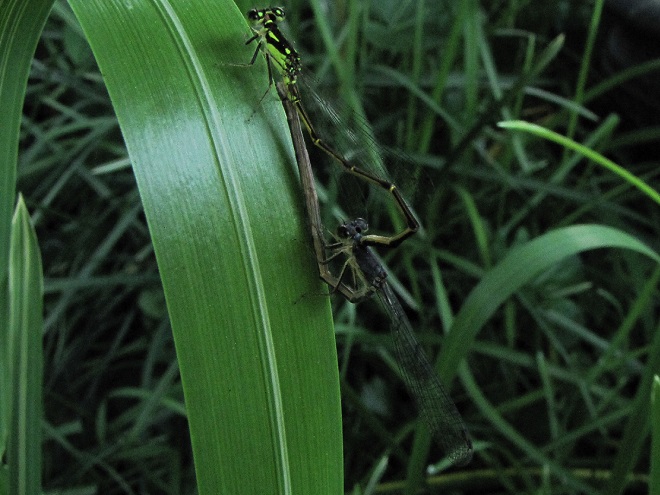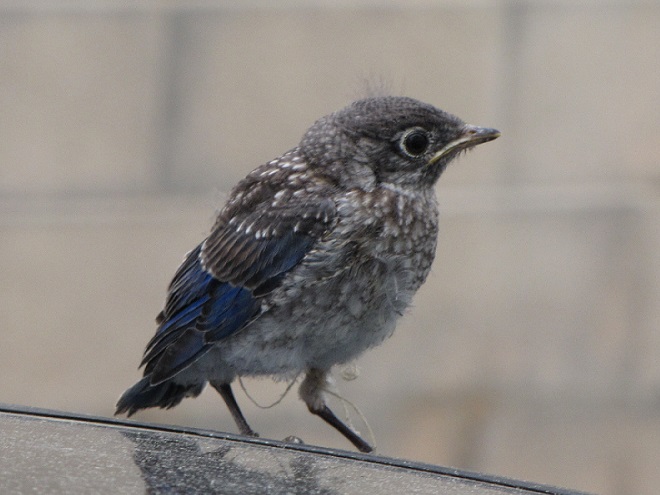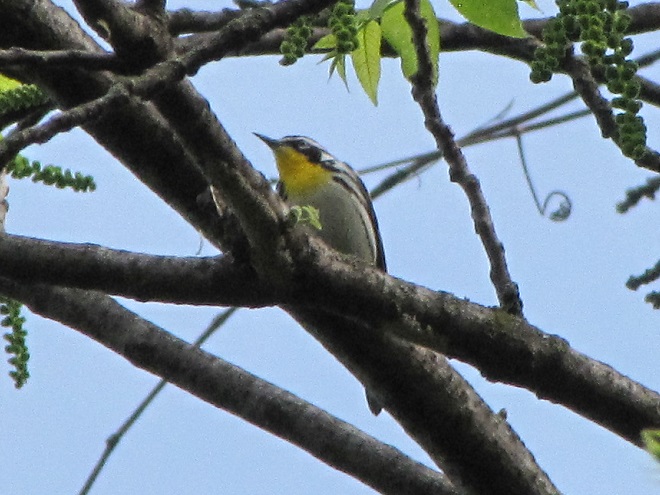
Photo of the Day


LIFE IN THE LOWER SUSQUEHANNA RIVER WATERSHED
A Natural History of Conewago Falls—The Waters of Three Mile Island

The Pennsylvania Department of Environmental Protection has issued a “drought watch” for much of the state’s Susquehanna basin including Dauphin, Lebanon, and Perry Counties—plus those counties to their north. Residents are asked to conserve water in the affected areas.
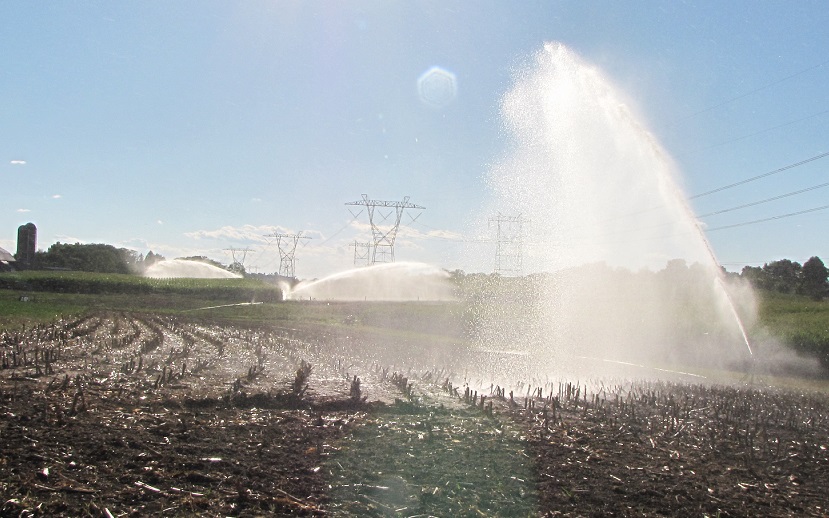
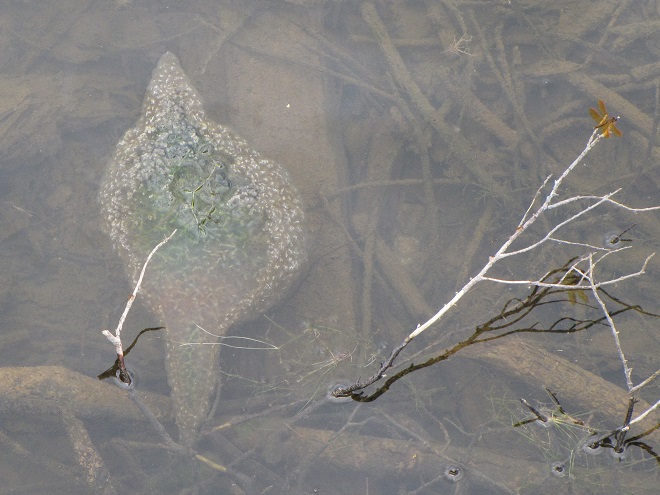
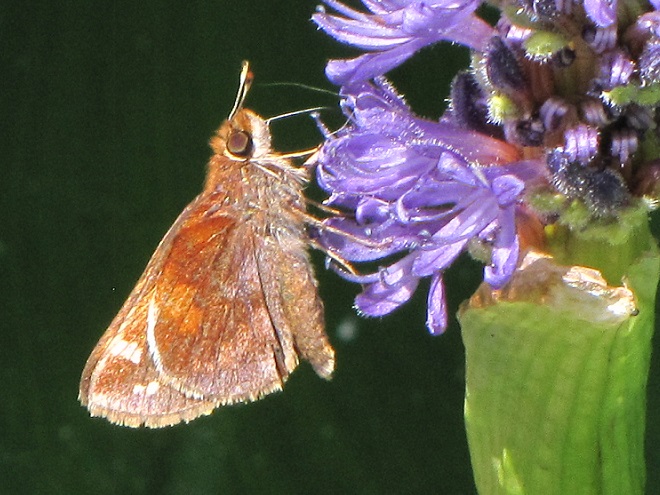
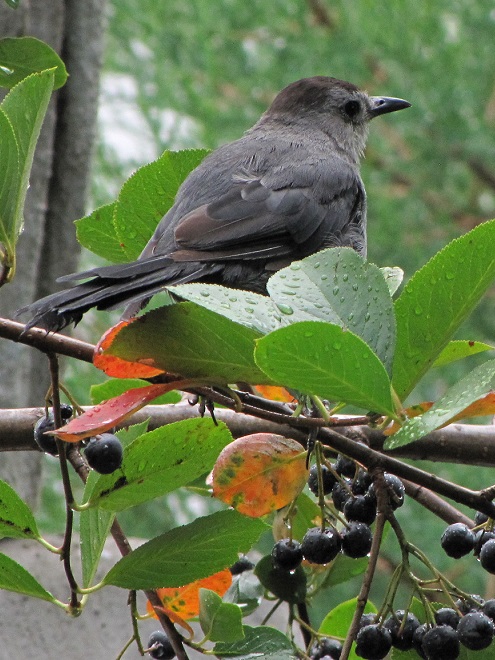
First there was the Nautilus. Then there was the Seaview. And who can forget the Yellow Submarine? Well, now there’s the S. S. Haldeman, and today we celebrated her shakedown cruise and maiden voyage. The Haldeman is powered by spent fuel that first saw light of day near Conewago Falls at a dismantled site that presently amounts to nothing more than an electrical substation. Though antique in appearance, the vessel discharges few emissions, provided there aren’t any burps or hiccups while underway. So, climb aboard as we take a cruise up the Susquehanna at periscope depth to have a quick look around!

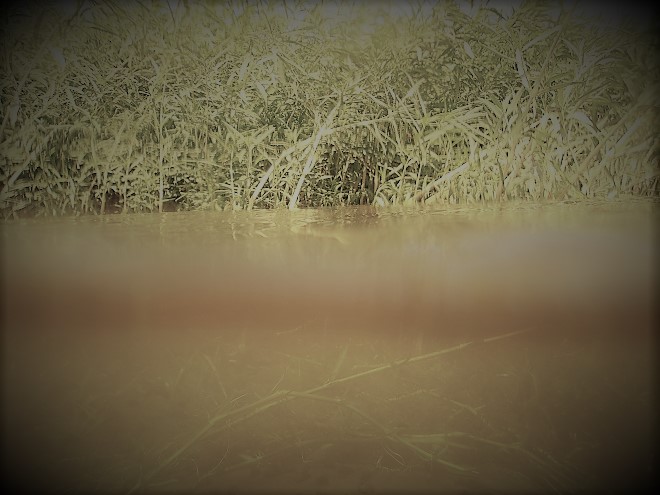

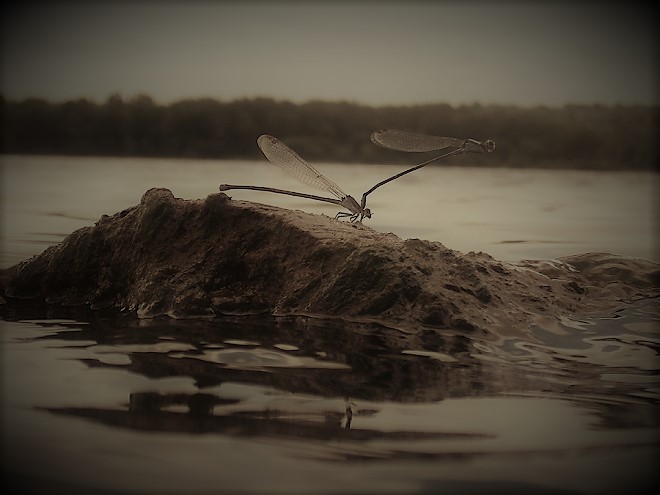
Watertight and working fine. Let’s flood the tanks and have a peek at the benthos. Dive, all dive!





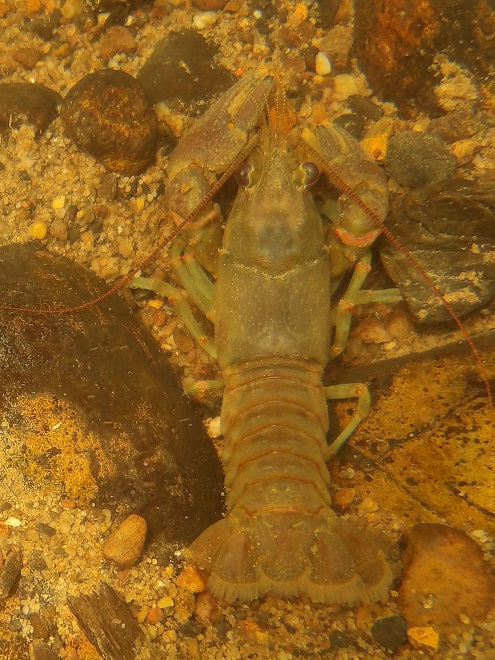
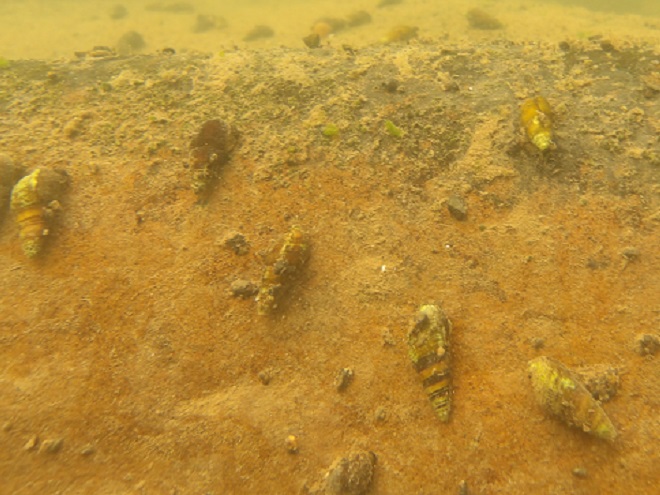
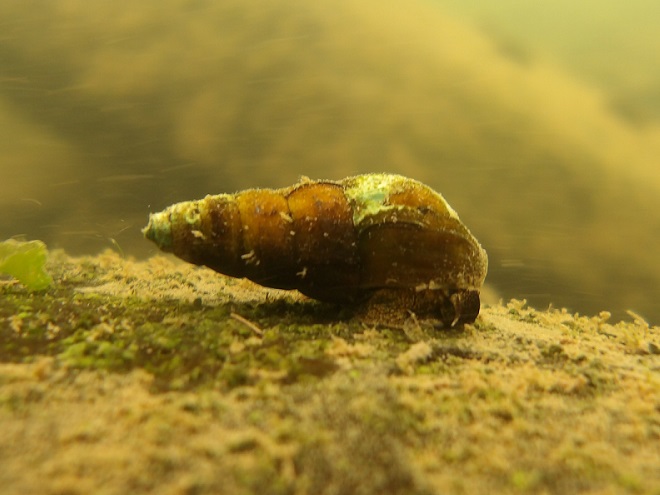
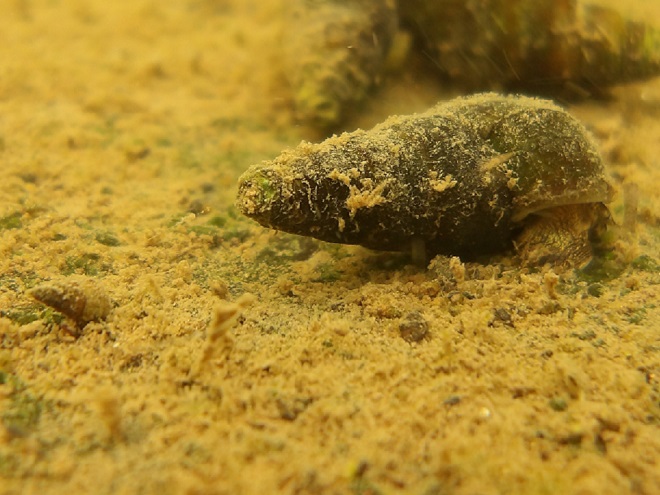



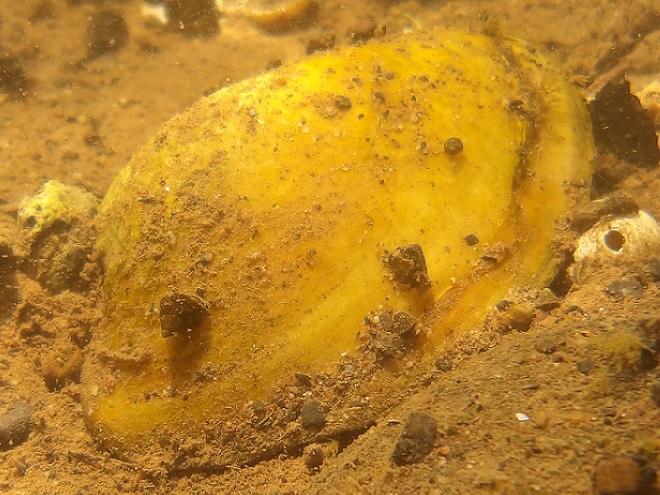
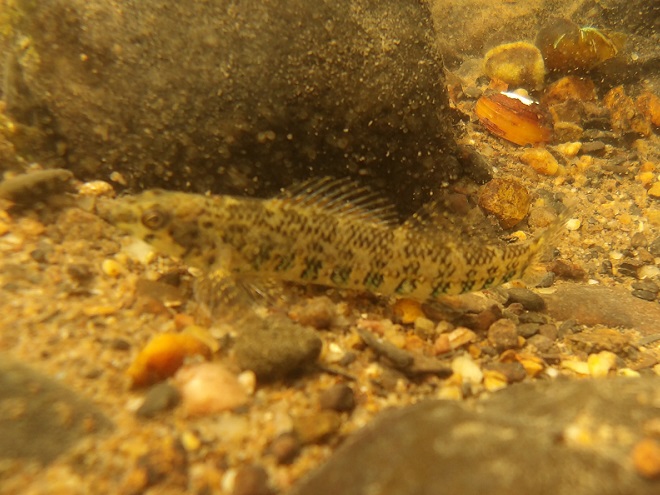

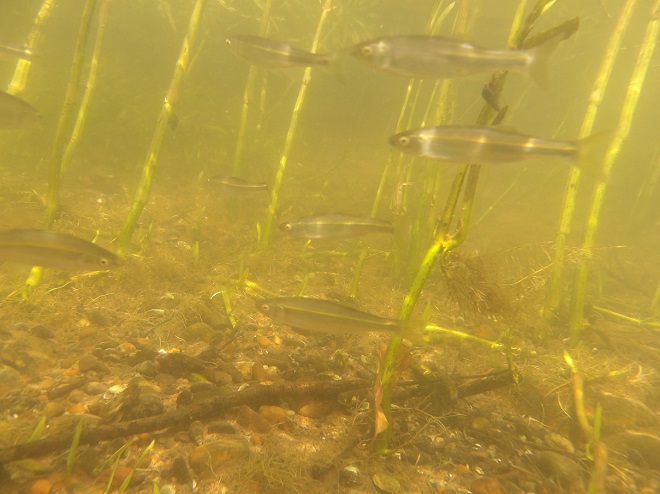
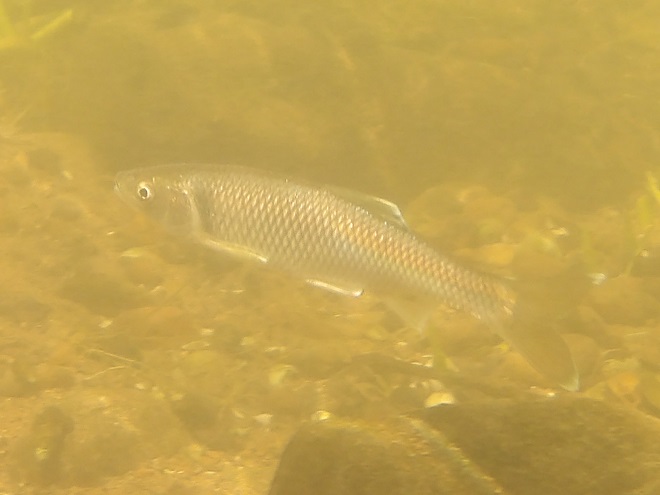

We’re finding that a sonar “pinger” isn’t very useful while running in shallow water. Instead, we should consider bringing along a set of Pings—for the more than a dozen golf balls seen on the river bottom. It appears they’ve been here for a while, having rolled in from the links upstream during the floods. Interestingly, several aquatic species were making use of them.

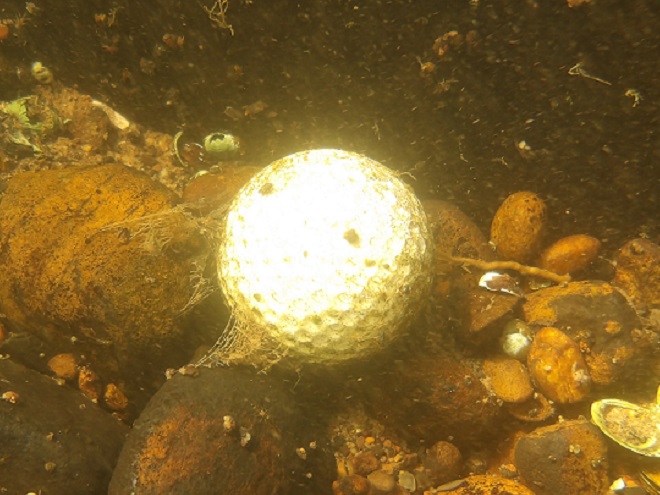
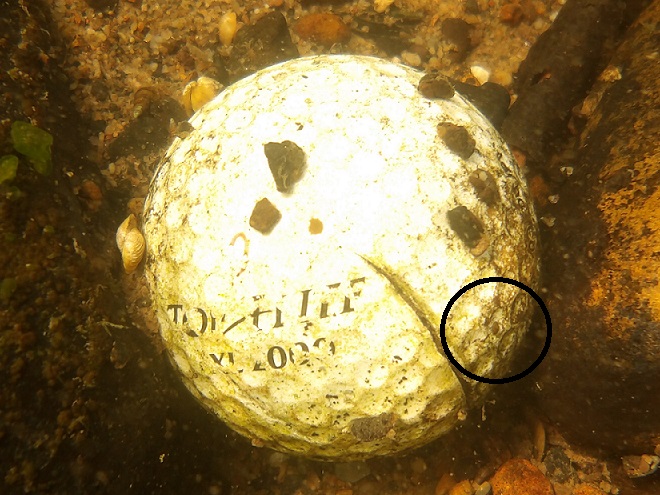
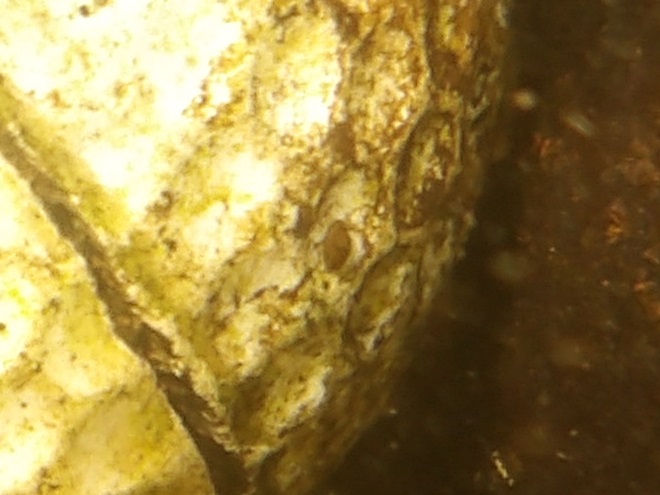

Well, it looks like the skipper’s tired and grumpy, so that’s all for now. Until next time, bon voyage!
Over the coming six weeks or more, Ruby-throated Hummingbirds will be feeding throughout the daylight hours to fuel their long migration to the tropics for winter. With plenty of adult and juvenile birds around, it’s the best time of year to get a better look at them by putting up a feeder.
You may already know the basics—hang the feeder near flower beds if you have them, keep it filled with a mixture of one part sugar to four parts water, and fill the little ant trap with fresh water. And you may know too, that to provide for the birds’ safety you should avoid hanging your feeder near plate glass windows and you should keep it high enough to avoid ambushes by any predators which may be hiding below.
Now here’s a hummingbird feeding basic (a bird feeding basic really) that you may not have considered. For every hummingbird feeder you intend to have filled and hanging in your garden, have a second one cleaned and air-drying to replace it when it’s time to refill. Why? Sugar water, like bird seed when it gets wet, is an excellent media for growing bacteria, molds, and other little beasties that can make birds (and people) sick. In the summer heat, these microorganisms grow much faster than they would in the wintertime, so diligence is necessary. Regularly, on a daily basis ideally, each feeder in your garden should be taken down and replaced with a clean, dry feeder filled with fresh sugar water mixture. The cleaning process should include dumping of the feeder’s contents followed by a thorough scrubbing with soapy water to remove any food residues that, if left remaining, can provide nourishment for growing bacteria. Next, the feeder should be rinsed with clean water to wash away soap and debris. You can sanitize the feeder if you wish, but it is more important to allow it to air-dry until its next use. Depriving mold, bacteria, and other microbes of moisture is a critical step in the process of eliminating them as a health hazard.
A Note of Caution: To avoid cross contaminating the utensils and space you use for preparing and serving meals, it’s important to have a separate work area with brushes, buckets, and other equipment dedicated only to bird feeder cleaning and drying.
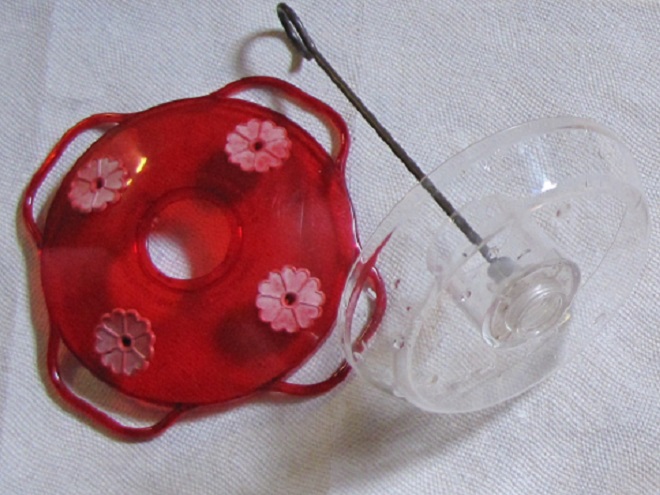
So, let’s review. If you’re going to have a hummingbird feeder filled with nectar hanging in your garden, you need a second one—clean, dry, and ready to replace it.

If you’d like to attract more than one hummingbird at a time to your garden, you may want to place a second feeder where the territorial little bird claiming the first as its own can’t see it. Then you’ll need four feeders—two hanging in the garden and two that are clean, dry, and ready to be filled with fresh sugar water to use as replacements.
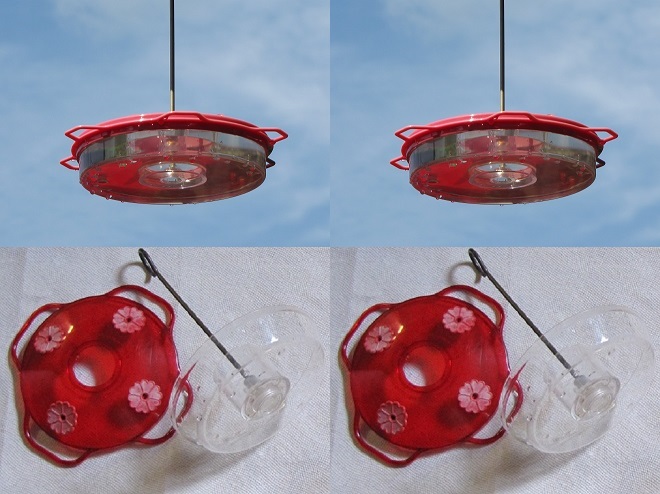
If you’re in a rural area with good habitat, you may have four or more feeders around your refuge. You’ll need a replacement feeder for each.

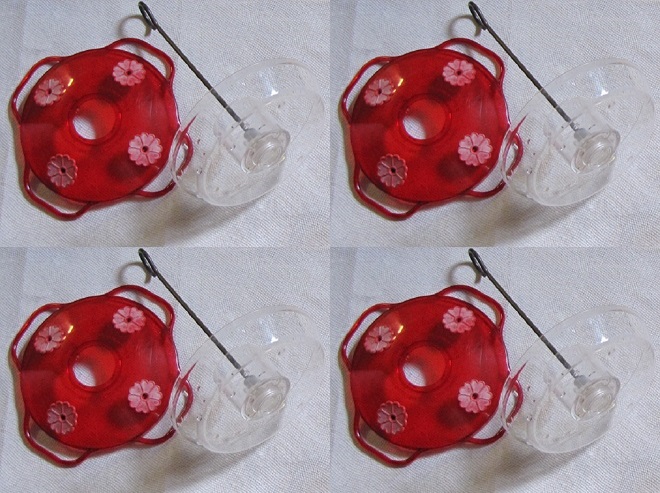
Remember, keep your feeders clean and filled with fresh nectar and you’ll be all set to enjoy the Ruby-throated Hummingbirds of late summer. Then watch closely for the cold-hardy western species that visit the Lower Susquehanna River Watershed beginning in October. The occurrence of at least one of these rarities in the Lower Susquehanna River Watershed each autumn is now something of a regular event.
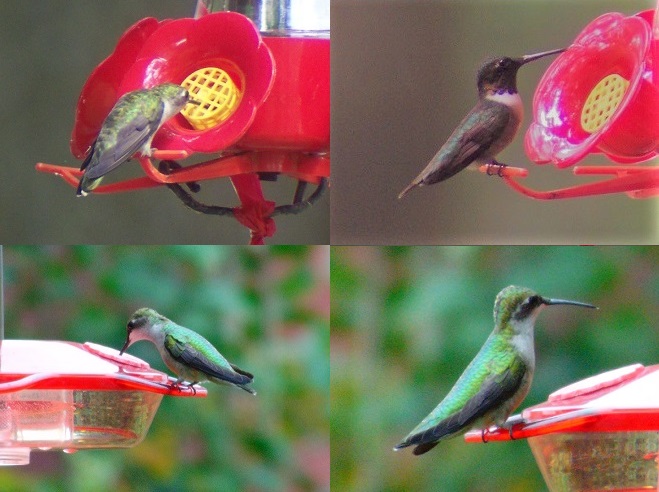

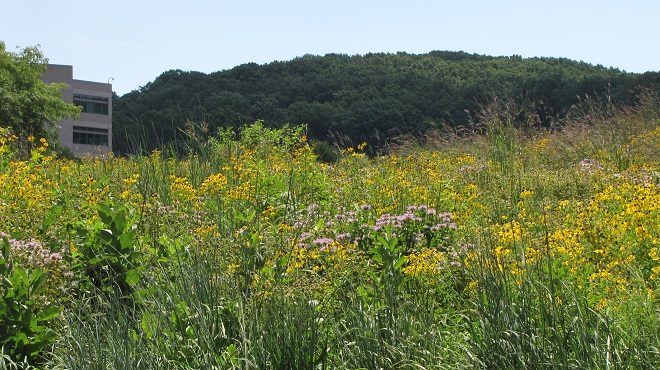
This month, the International Union for Conservation of Nature (I.U.C.N.) added the Migratory Monarch Butterfly (Danaus plexippus plexippus) to its “Red List of Threatened Species”, classifying it as endangered. Perhaps there is no better time than the present to have a look at the virtues of replacing areas of mowed and manicured grass with a wildflower garden or meadow that provides essential breeding and feeding habitat for Monarchs and hundreds of other species of animals.

If you’re not quite sure about finally breaking the ties that bind you to the cult of lawn manicuring, then compare the attributes of a parcel maintained as mowed grass with those of a space planted as a wildflower garden or meadow. In our example we’ve mixed native warm season grasses with the wildflowers and thrown in a couple of Eastern Red Cedars to create a more authentic early successional habitat.
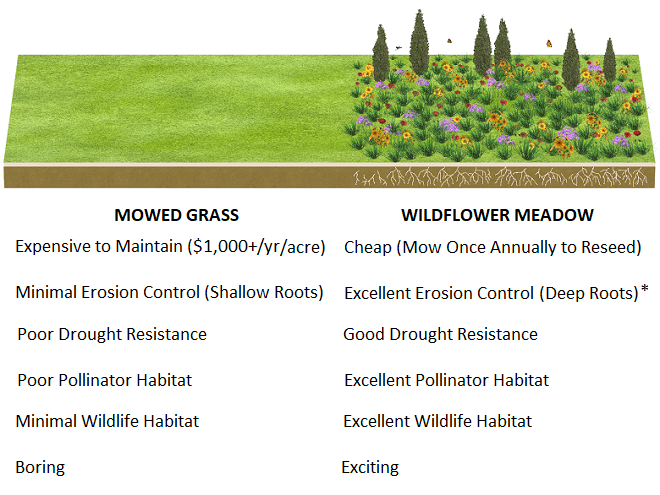
Still not ready to take the leap. Think about this: once established, the wildflower planting can be maintained without the use of herbicides or insecticides. There’ll be no pesticide residues leaching into the soil or running off during downpours. Yes friends, it doesn’t matter whether you’re using a private well or a community system, a wildflower meadow is an asset to your water supply. Not only is it free of man-made chemicals, but it also provides stormwater retention to recharge the aquifer by holding precipitation on site and guiding it into the ground. Mowed grass on the other hand, particularly when situated on steep slopes or when the ground is frozen or dry, does little to stop or slow the sheet runoff that floods and pollutes streams during heavy rains.
What if I told you that for less than fifty bucks, you could start a wildflower garden covering 1,000 square feet of space? That’s a nice plot 25′ x 40′ or a strip 10′ wide and 100′ long along a driveway, field margin, roadside, property line, swale, or stream. All you need to do is cast seed evenly across bare soil in a sunny location and you’ll soon have a spectacular wildflower garden. Here at the susquehannawildllife.net headquarters we don’t have that much space, so we just cast the seed along the margins of the driveway and around established trees and shrubs. Look what we get for pennies a plant…

Here’s a closer look…


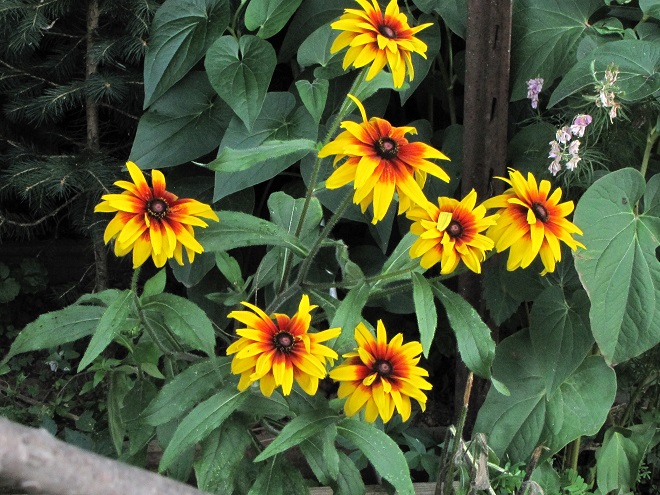


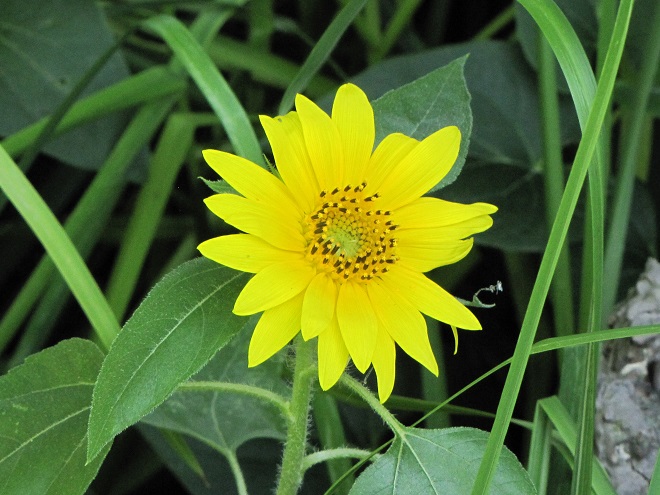
All this and best of all, we never need to mow.
Around the garden, we’ve used a northeast wildflower mix from American Meadows. It’s a blend of annuals and perennials that’s easy to grow. On their website, you’ll find seeds for individual species as well as mixes and instructions for planting and maintaining your wildflower garden. They even have a mix specifically formulated for hummingbirds and butterflies.
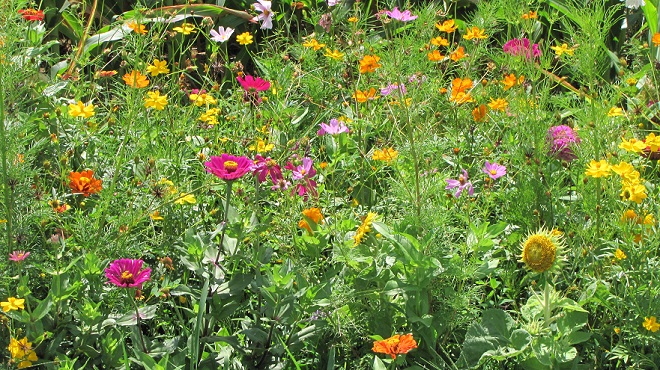
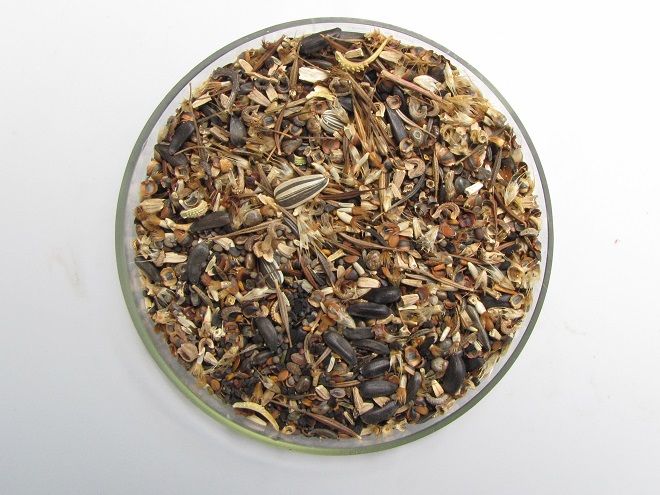
Nothing does more to promote the spread and abundance of non-native plants, including invasive species, than repetitive mowing. One of the big advantages of planting a wildflower garden or meadow is the opportunity to promote the growth of a community of diverse native plants on your property. A single mowing is done only during the dormant season to reseed annuals and to maintain the meadow in an early successional stage—preventing reversion to forest.
For wildflower mixes containing native species, including ecotypes from locations in and near the Lower Susquehanna River Watershed, nobody beats Ernst Conservation Seeds of Meadville, Pennsylvania. Their selection of grass and wildflower seed mixes could keep you planting new projects for a lifetime. They craft blends for specific regions, states, physiographic provinces, habitats, soils, and uses. Check out these examples of some of the scores of mixes offered at Ernst Conservation Seeds…
We’ve used their “Showy Northeast Native Wildflower and Grass Mix” on streambank renewal projects with great success. For Monarchs, we really recommend the “Butterfly and Hummingbird Garden Mix”. It includes many of the species pictured above plus “Fort Indiantown Gap” Little Bluestem, a warm-season grass native to Lebanon County, Pennsylvania, and milkweeds (Asclepias), which are not included in their northeast native wildflower blends. More than a dozen of the flowers and grasses currently included in this mix are derived from Pennsylvania ecotypes, so you can expect them to thrive in the Lower Susquehanna River Watershed.

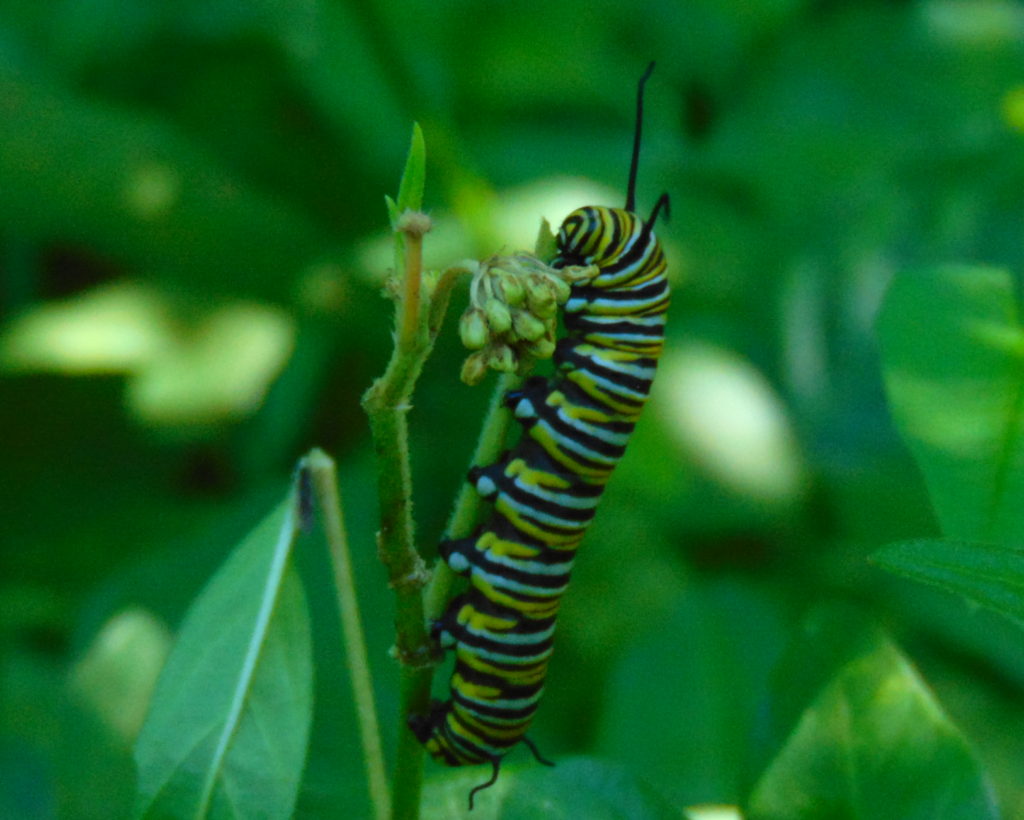
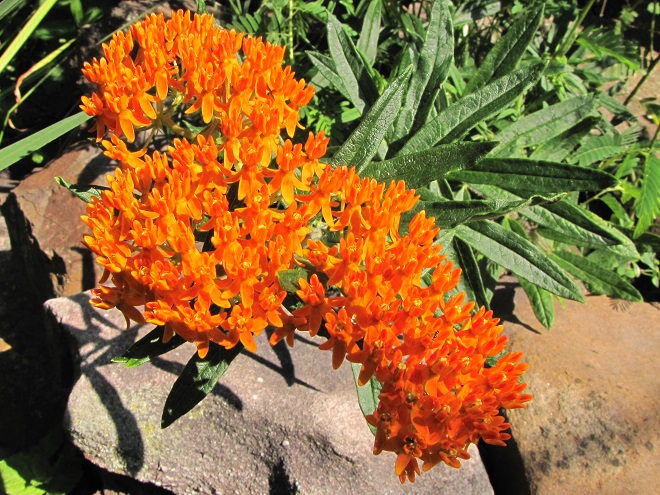

In addition to the milkweeds, you’ll find these attractive plants included in Ernst Conservation Seed’s “Butterfly and Hummingbird Garden Mix”, as well as in some of their other blends.
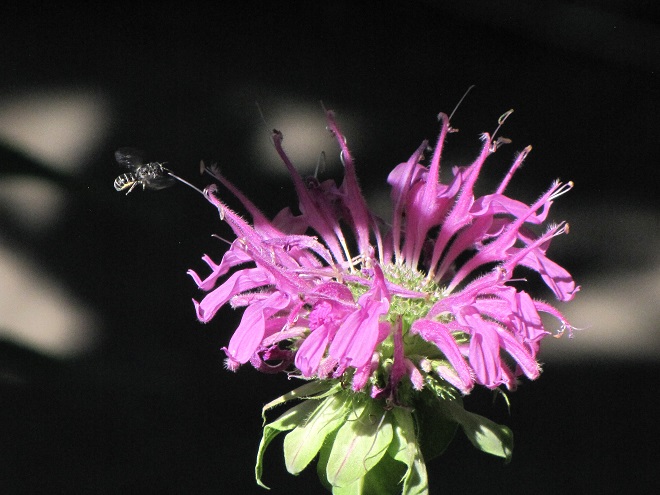
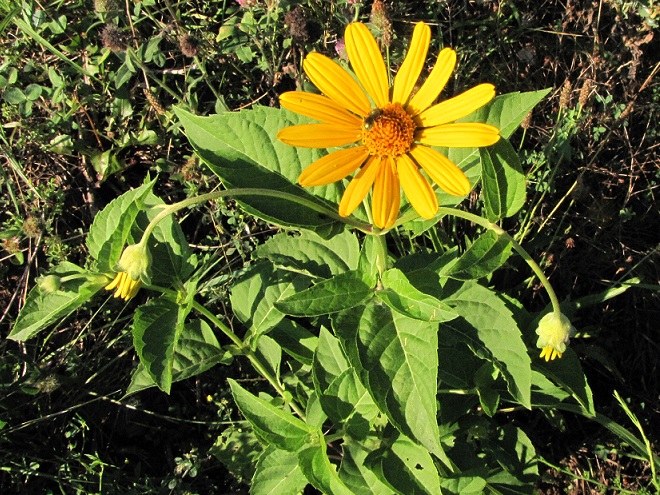
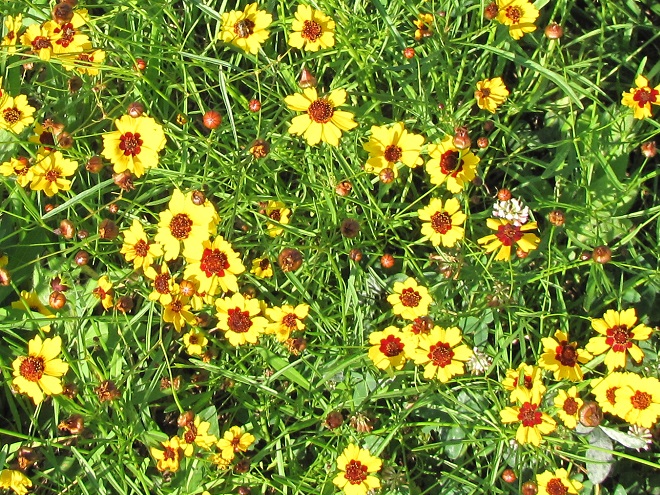
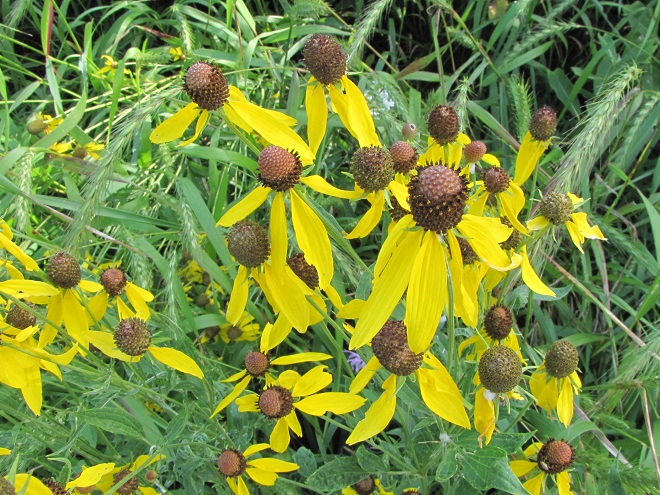

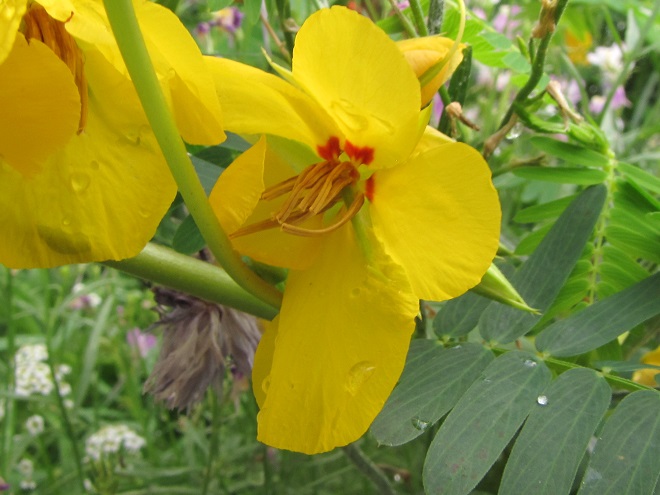
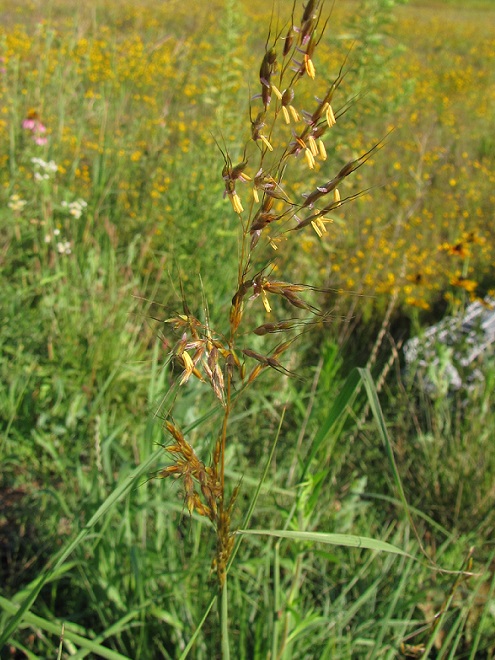
Why not give the Monarchs and other wildlife living around you a little help? Plant a wildflower garden or meadow. It’s so easy, a child can do it.
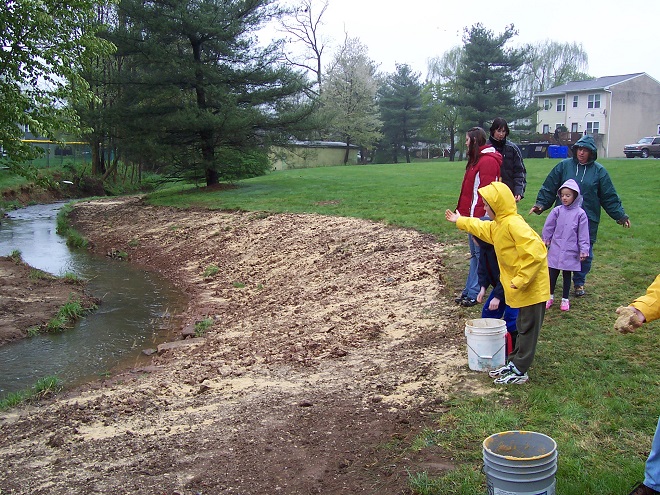
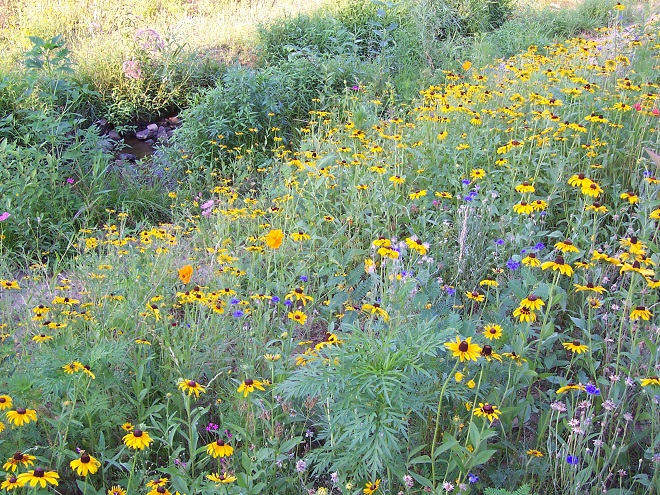


On these hot and steamy days of summer, I get to thinking about how great it would be to have a swimming pool. Maybe I would take a little dip, you know, just to cool down. But when I really get to thinking about it, I just might do what the professor has done with his pool.
Or maybe I would do what this lady did with her pool.
Wouldn’t you?
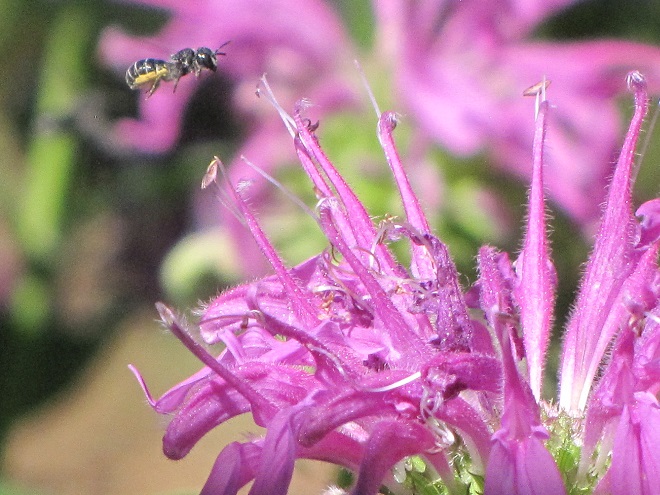

You’ve heard and read it before—native plants do the best job of providing sustenance for our indigenous wildlife. Let’s say you have a desire to attract hummingbirds to your property and you want to do it without putting up feeders. Well, you’ll need native plants that provide tubular flowers from which these hovering little birds can extract nectar. Place enough of them in conspicuous locations and you’ll eventually see hummingbirds visiting during the summer months. If you have a large trellis, pole, or fence, you might plant a Trumpet Vine, also known as Trumpet Creeper. They become adorned with an abundance of big red-orange tubular flowers that our Ruby-throated Hummingbirds just can’t resist. For consistently bringing hummingbirds to the garden, Trumpet Vine may be the best of the various plants native to the Mid-Atlantic States.
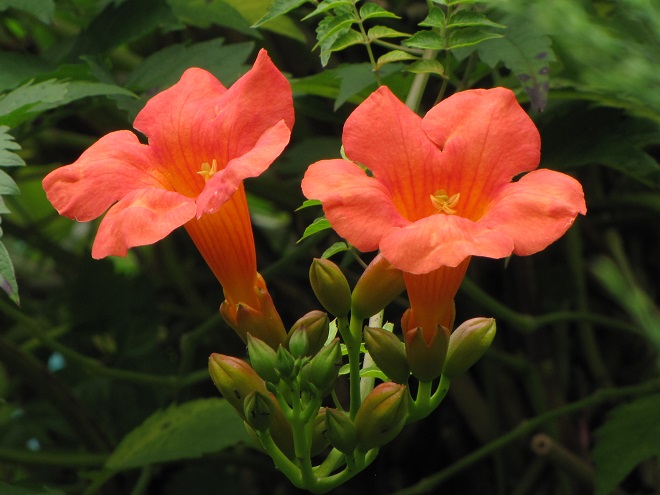
There is a plant, not particularly native to our area but native to the continent, that even in the presence of Trumpet Vine, Pickerelweed, Partridge Pea, and other reliable hummingbird lures will outperform them all. It’s called Mexican Cigar (Cuphea ignea) or Firecracker Plant. Its red and yellow tubular flowers look like a little cigar, often with a whitish ash at the tip. Its native range includes some of the Ruby-throated Hummingbird’s migration routes and wintering grounds in Mexico and the Caribbean Islands, where they certainly are familiar with it.
This morning in the susquehannawildlife.net headquarters garden, the Ruby-throated Hummingbird seen in the following set of images extracted nectar from the Mexican Cigar blossoms exclusively. It ignored the masses of showy Trumpet Vine blooms and other flowers nearby—as the hummers that stop by usually do when Cuphea is offered.
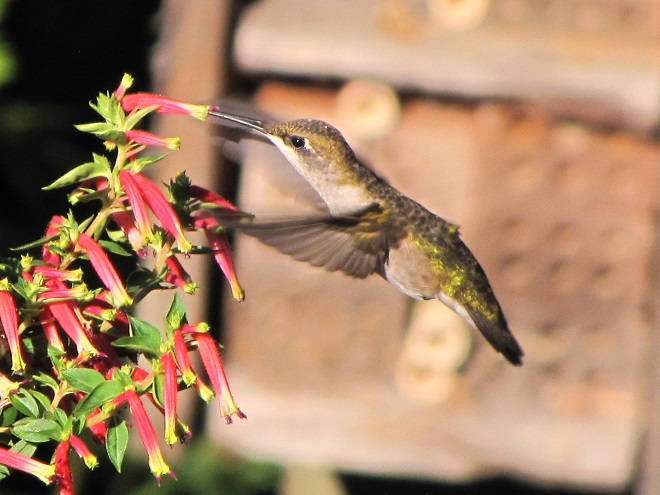
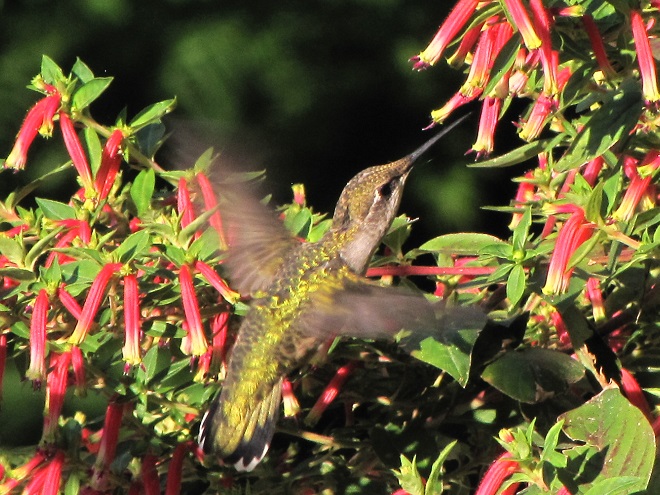

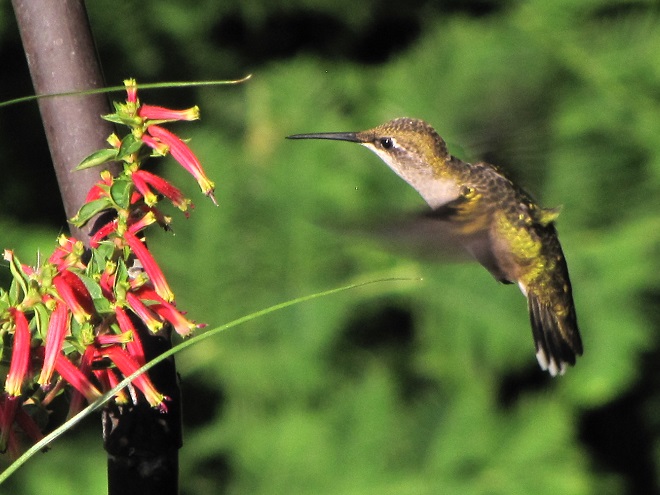
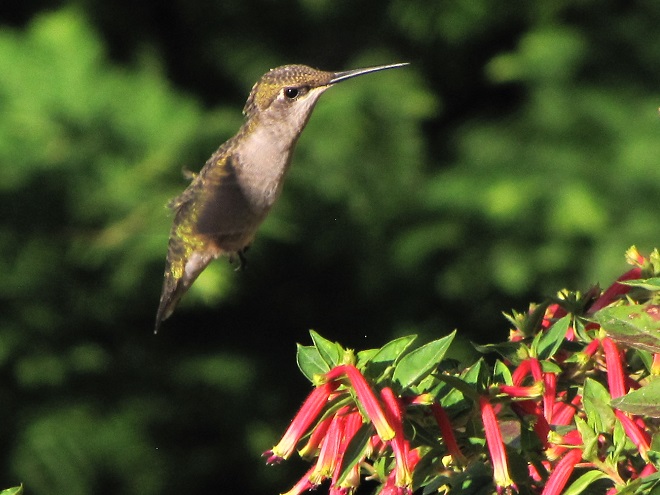
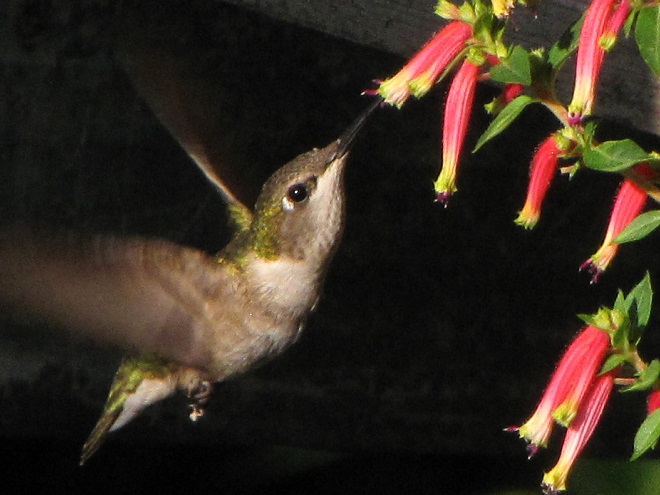 Some garden centers still have Mexican Cigar plants available. You can grow them in pots or baskets, then bring them inside before frost to treat them as a house plant through the winter. Give the plants a good trim sometime before placing them outside when the weather warms in May. You’ll soon have Ruby-throated Hummingbirds visiting again for the summer.
Some garden centers still have Mexican Cigar plants available. You can grow them in pots or baskets, then bring them inside before frost to treat them as a house plant through the winter. Give the plants a good trim sometime before placing them outside when the weather warms in May. You’ll soon have Ruby-throated Hummingbirds visiting again for the summer.

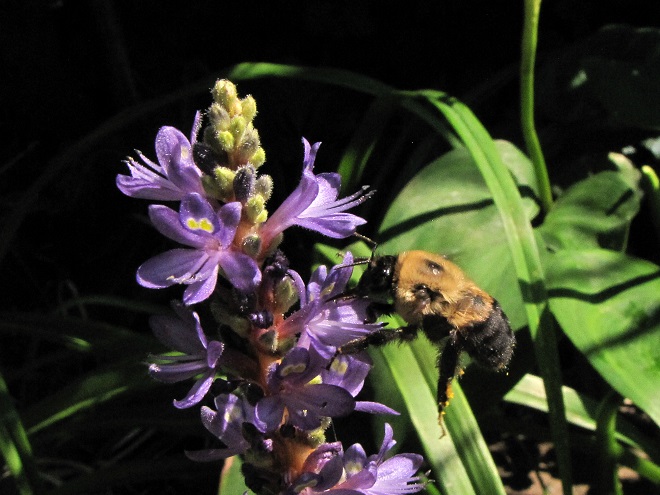
With the gasoline and gunpowder gang’s biggest holiday of the year now upon us, wouldn’t it be nice to get away from the noise and the enduring adolescence for just a little while to see something spectacular that isn’t exploding or on fire? Well, here’s a suggestion: head for the hills to check out the flowers of our native rhododendron, the Great Rhododendron (Rhododendron maximum), also known as Rosebay.
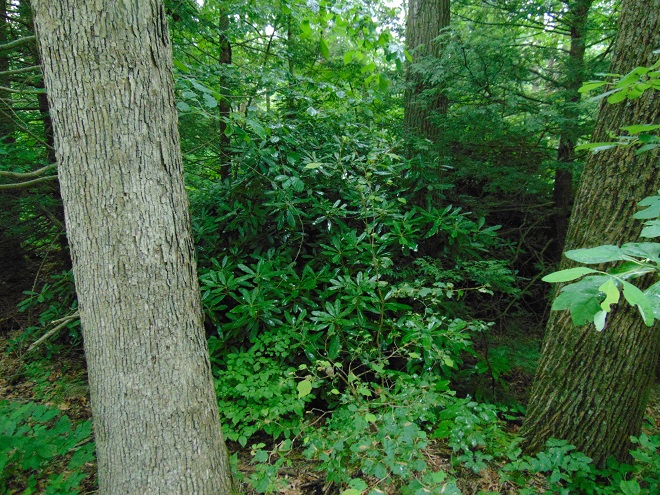
Thickets composed of our native heathers/heaths (Ericaceae) including Great Rhododendron, Mountain Laurel, and Pinxter Flower (Rhododendron periclymenoides), particularly when growing in association with Eastern Hemlock and/or Eastern White Pine, provide critical winter shelter for forest wildlife. The flowers of native heathers/heaths attract bees and other pollinating insects and those of the deciduous Pinxter Flower, which blooms in May, are a favorite of butterflies and Ruby-throated Hummingbirds.
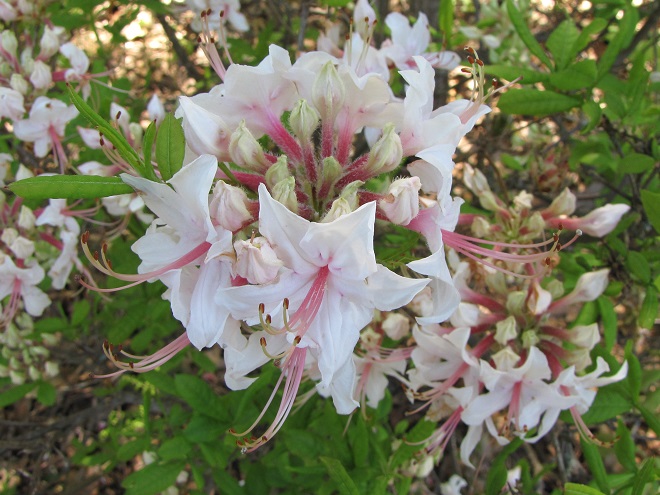
Forests with understories that include Great Rhododendrons do not respond well to logging. Although many Great Rhododendrons regenerate after cutting, the loss of consistent moisture levels in the soil due to the absence of a forest canopy during the sunny summertime can, over time, decimate an entire population of plants. In addition, few rhododendrons are produced by seed, even under optimal conditions. Great Rhododendron seeds and seedlings are very sensitive to the physical composition of forest substrate and its moisture content during both germination and growth. A lack of humus, the damp organic matter in soil, nullifies the chances of successful recolonization of a rhododendron understory by seed. In locations where moisture levels are adequate for their survival and regeneration after logging, impenetrable Great Rhododendron thickets will sometimes come to dominate a site. These monocultures can, at least in the short term, cause problems for foresters by interrupting the cycle of succession and excluding the reestablishment of native trees. In the case of forests harboring stands of Great Rhododendron, it can take a long time for a balanced ecological state to return following a disturbance as significant as logging.

In the lower Susquehanna region, the Great Rhododendron blooms from late June through the middle of July, much later than the ornamental rhododendrons and azaleas found in our gardens. Set against a backdrop of deep green foliage, the enormous clusters of white flowers are hard to miss.

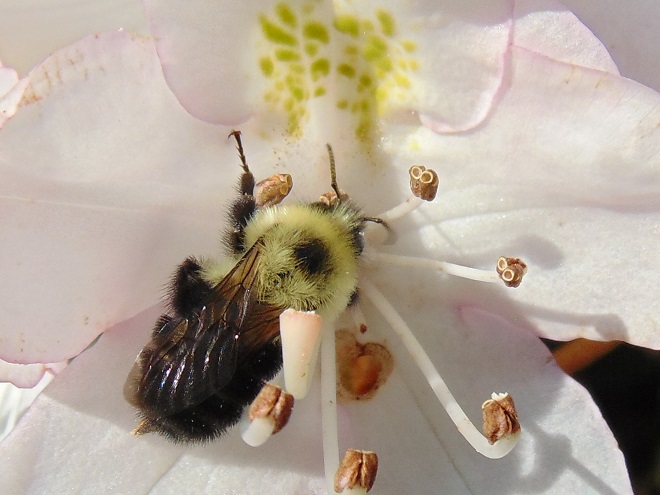
In the Lower Susquehanna River Watershed, there are but a few remaining stands of Great Rhododendron. One of the most extensive populations is in the Ridge and Valley Province on the north side of Second Mountain along Swatara Creek near Ravine (just off Interstate 81) in Schuylkill County, Pennsylvania. Smaller groves are found in the Piedmont Province in the resort town of Mount Gretna in Lebanon County and in stream ravines along the lower river gorge at the Lancaster Conservancy’s Ferncliff and Wissler’s Run Preserves. Go have a look. You’ll be glad you did.


Once upon a time, a great panic spread throughout the lower Susquehanna region. A destructive mob of invaders was overtaking our verdant land and was sure to decimate all in its path. Clad in gray and butternut, they came by the thousands. Flashing their crimson banners, they signaled their arrival at each new waypoint along their route. The Pennsylvania government called upon the populace to heed the call and turn out in defense of the state. Small bands of well-intentioned citizens tried in vain to turn back the progress of the hostiles—none succeeded. But for a cadre of civic-minded elites and some small groups of college professors and their students, few responded to a call to confine the invasion along designated lines of containment. Word spread quickly throughout the valley that farms had been overrun by waves of the merciless intruders. Agrarians reported that their orchards had been stripped; they had lost all of the fruits of their labor. Stories exaggerating the hideous appearance of the approaching aliens struck fear into the faint-of-heart. The growing sentiment among the terror-stricken residents: this horde must be stopped before pestilence is visited upon everyone in the state!
And so, on the evening of June 28, 1863, just three days before the Battle of Gettysburg, the wooden Susquehanna River bridge at Columbia-Wrightsville was set ablaze just as Brigadier General John B. Gordon’s brigade of the invading Army of Northern Virginia approached the span’s west entrance preparing to cross to the eastern shore. Thus, the rebel tide was turned away from the Susquehanna at the point some contend to be the authentic “High-water Mark of the Confederacy”.
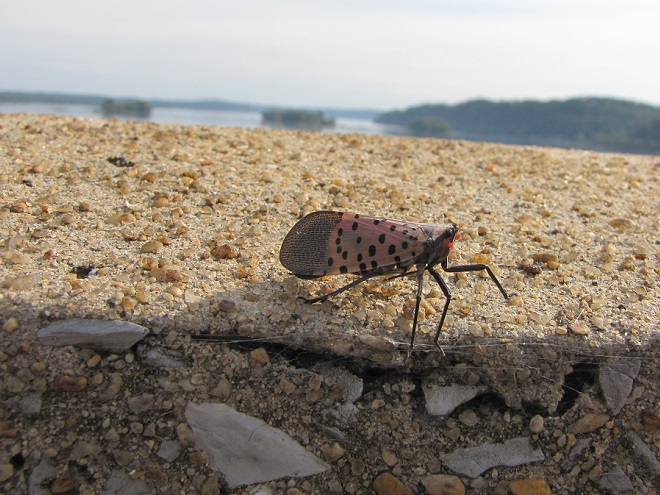
Fifty years ago this week, the remnants of Hurricane Agnes drifted north through the Susquehanna River basin as a tropical storm and saturated the entire watershed with wave after wave of torrential rains. The storm caused catastrophic flooding along the river’s main stem and along many major tributaries. The nuclear power station at Three Mile Island, then under construction, received its first major flood. Here are some photos taken during the climax of that flood on June 24, 1972. The river stage as measured just upstream of Three Mile Island at the Harrisburg gauge crested at 33.27 feet, more than 10 feet above flood stage and almost 30 feet higher than the stage at present. At Three Mile Island and Conewago Falls, the river was receiving additional flow from the raging Swatara Creek, which drains much of the anthracite coal region of eastern Schuylkill County—where rainfall from Agnes may have been the heaviest.

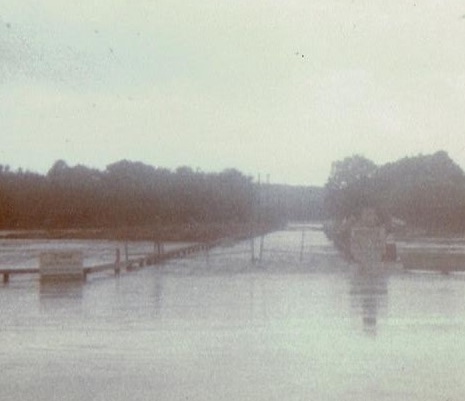
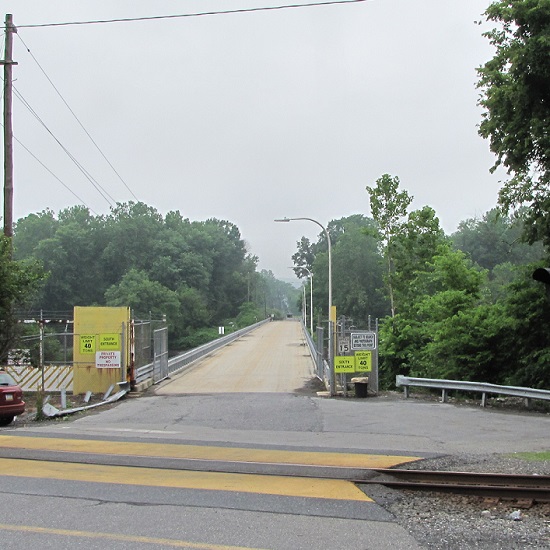
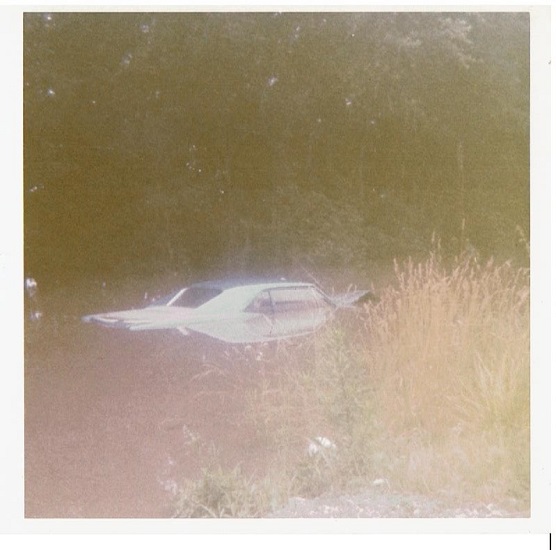

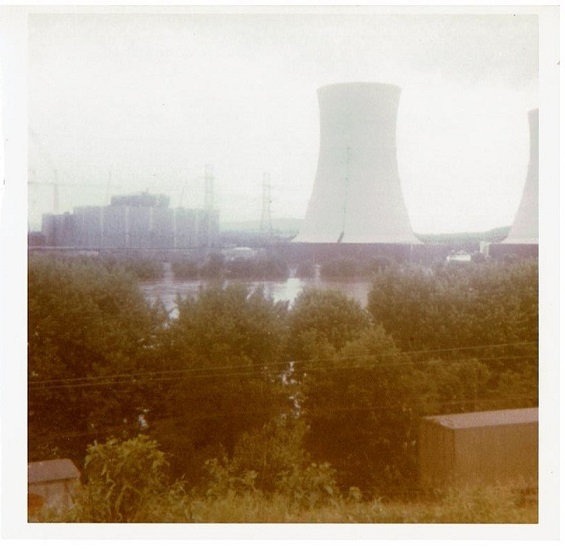

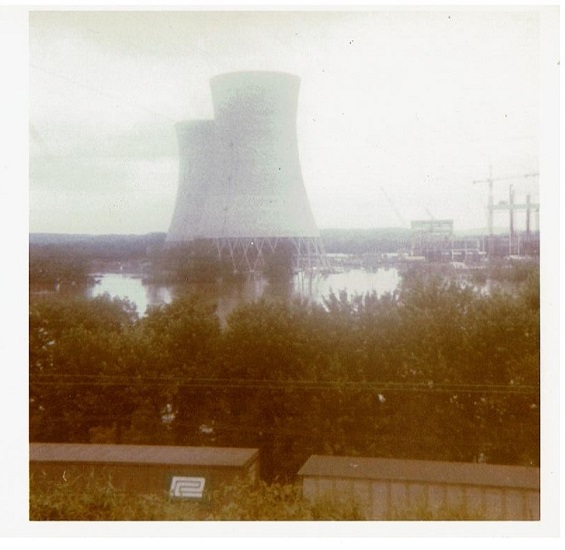
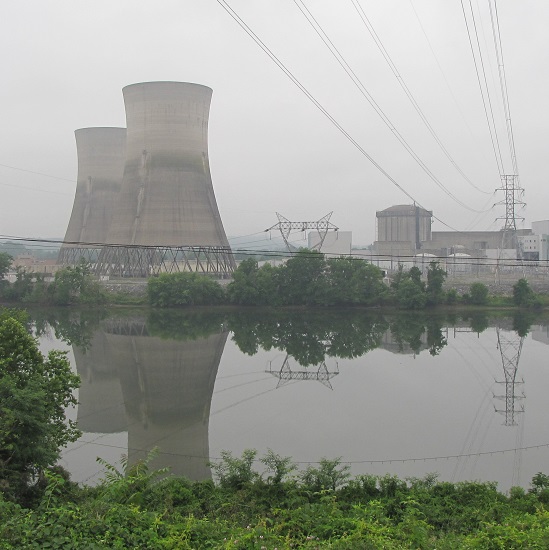
Pictures capture just a portion of the experience of witnessing a massive flood. Sometimes the sounds and smells of the muddy torrents tell us more than photographs can show.
Aside from the booming noise of the fuel tank banging along the rails of the south bridge, there was the persistent roar of floodwaters, at the rate of hundreds of thousands of cubic feet per second, tumbling through Conewago Falls on the downstream side of the island. The sound of the rapids during a flood can at times carry for more than two miles. It’s a sound that has accompanied the thousands of floods that have shaped the falls and its unique diabase “pothole rocks” using abrasives that are suspended in silty waters after being eroded from rock formations in the hundreds of square miles of drainage basin upstream. This natural process, the weathering of rock and the deposition of the material closer to the coast, has been the prevailing geologic cycle in what we now call the Lower Susquehanna River Watershed since the end of the Triassic Period, more than two hundred million years ago.
More than the sights and sounds, it was the smell of the Agnes flood that warned witnesses of the dangers of the non-natural, man-made contamination—the pollution—in the waters then flowing down the Susquehanna.
Because they float, gasoline and other fuels leaked from flooded vehicles, storage tanks, and containers were most apparent. The odor of their vapors was widespread along not only along the main stem of the river, but along most of the tributaries that at any point along their course passed through human habitations.
Blended with the strong smell of petroleum was the stink of untreated excrement. Flooded treatment plants, collection systems overwhelmed by stormwater, and inundated septic systems all discharged raw sewage into the river and many of its tributaries. This untreated wastewater, combined with ammoniated manure and other farm runoff, gave a damaging nutrient shock to the river and Chesapeake Bay.
Adding to the repugnant aroma of the flood was a mix of chemicals, some percolated from storage sites along watercourses, and yet others leaking from steel drums seen floating in the river. During the decades following World War II, stacks and stacks of drums, some empty, some containing material that is very dangerous, were routinely stored in floodplains at businesses and industrial sites throughout the Susquehanna basin. Many were lifted up and washed away during the record-breaking Agnes flood. Still others were “allowed” to be carried away by the malicious pigs who see a flooding stream as an opportunity to “get rid of stuff”. Few of these drums were ever recovered, and hundreds were stranded along the shoreline and in the woods and wetlands of the floodplain below Conewago Falls. There, they rusted away during the next three decades, some leaking their contents into the surrounding soils and waters. Today, there is little visible trace of any.
During the summer of ’72, the waters surrounding Three Mile Island were probably viler and more polluted than at any other time during the existence of the nuclear generating station there. And little, if any of that pollution originated at the facility itself.
The Susquehanna’s floodplain and water quality issues that had been stashed in the corner, hidden out back, and swept under the rug for years were flushed out by Agnes, and she left them stuck in the stinking mud.


